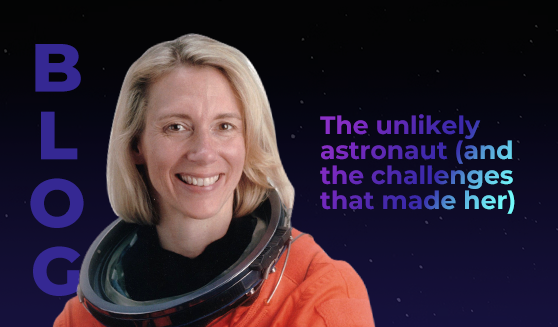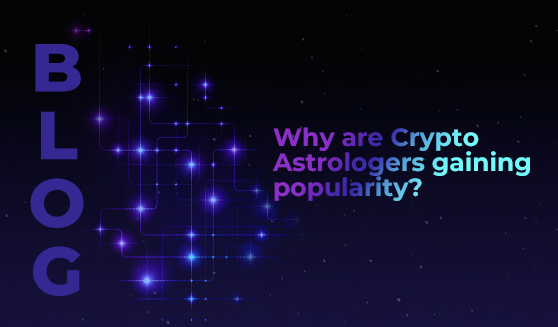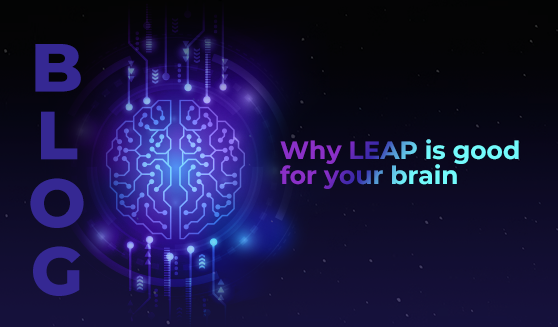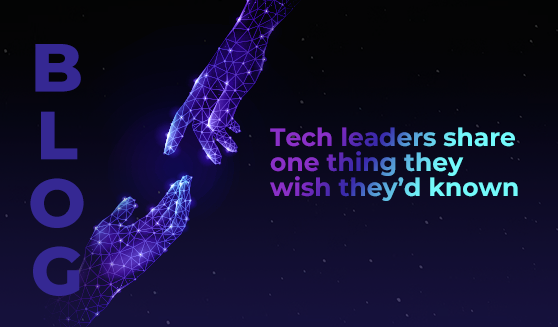
Susan Kilrain (NASA Astronaut, Navy Test Pilot) came to #LEAP23 to speak about her experiences in space – and about her journey from being a little girl in an under-priviledged American family, to becoming the second woman (and youngest person ever) to pilot the NASA Space Shuttle.
“I am the unlikely astronaut,” she said, “I went to some of the lousiest schools in the country. We had no money.”
But what Kilrain did always have was inspiration and drive. “My dad used to take us to the airport to watch the airplanes take off and land, and I was mesmerised by airplanes. And I thought, ‘I want to be a pilot one day.’ And I was laying out in the grass looking up at the stars one night and thought, ‘I want to fly in space one day.’”
At that time, the US had never put a woman astronaut in space. Sally Ride became the first American woman in space on June 18, 1983. But when Kilrain told her father she wanted to be an astronaut, he told her: “You can be anything you want to be.” And she took that to heart.
Fortune and failure on the journey to space
During high school, Kilrain won a contest that gave her the opportunity to get her private pilot licence. And with that, she said, “I was on my way.”
For a woman with a goal that society didn’t think was appropriate (or possible) for her, the way was certainly not an easy one. She took advice to join the Navy, and after 13 weeks was commissioned number one in her class. “The part that made me so proud,” she said, “was that one third of my grade was a peer evaluation by the other candidates. There were 59 men and me. And they voted me as number one in the class.”
From there, Kilrain went off to flight school. From learning to fly jets to landing on boats, she continued to tick off new skills – but when it came to Advanced Flight School, she was told no: “because I was a woman.”
“The US had a Combat Exclusion Law where women were not allowed to fly combat aircraft; were not allowed to be stationed on aircraft carriers. So they said, well; you can fly a support mission.”
Following this, she started applying to Test Pilot School – where the top pilots learn how to conduct flight tests and test missions. “My friend took me up to the school and introduced me to the Commanding Officer, who looked at my record and said ‘Wow, you have a really good record. However, the last woman we accepted here didn’t do very well, and we’re not willing to take that chance again.’”
“That was like getting hit on the head with a brick,” said Kilrain, “Someone I’d never even met, her performance was affecting my ability to succeed.”
But she kept trying. And three applications later, with a new Commanding Officer in charge, she was accepted.
It was a difficult training flight with a hot oil situation and an emergency engine shutdown, handled expertly by Kilrain, that finally showed her superiors and peers she could do the job. Because, as Kilrain put it: “The airplane doesn’t know the gender of the person sitting in the seat.”
The first (and second) space launch
After two years at NASA, it was finally time for Kilrain to achieve her dream of launching into space.
“I often get asked how do you feel when you’re getting in and you’re launching into space. And I must say I didn’t have time to be nervous or scared. I was more worried that I was not going to do the procedures in the right order. I had to start up the hydraulic systems, the electric systems, I had to make sure the engines were working properly. I was super busy.”
From the ground to orbit was only eight-and-a-half minutes – “But we had a major problem with one of our electrical systems.”
Although the launch team were safe for the moment, they had to abort; because if they’d had to shut down a second of the three on-board electrical systems, they wouldn’t have made it back to Earth. They waited another three months before they could launch again. And they discovered something important: on the first launch, astronauts are queasy and can’t work efficiently.
“But when you fly astronauts three months apart, there is none of that.” The crew worked at 100% capacity on the first day – and they completed their mission.
The challenges that prove your worth
Putting space aside for a moment, there’s an important lesson to take from Kilrain’s experiences. Her socio-economic background and her gender meant that her chances of achieving her goals were slim. At every step along the way, she would be doubted by others – not because of her abilities, but simply because of who she was.
So she had a lot more to prove than most of her peers. She had to work harder to convince everyone she was capable.
And because of this, her biggest challenges turned out to be her greatest opportunities. Hot oil and a failed engine were not a negative plot point in her story – they were an opportunity to show what she could do. A failed launch into space didn’t set her back – it gave her a chance to show she could do the thing again, and do it better.
The lesson we’re taking from this is that if you’re fighting to create space for yourself in a career or industry that doesn’t easily welcome you, then don’t be afraid of the big challenges. Welcome them into your orbit – because they might just show others that you’re the right person for the job.








